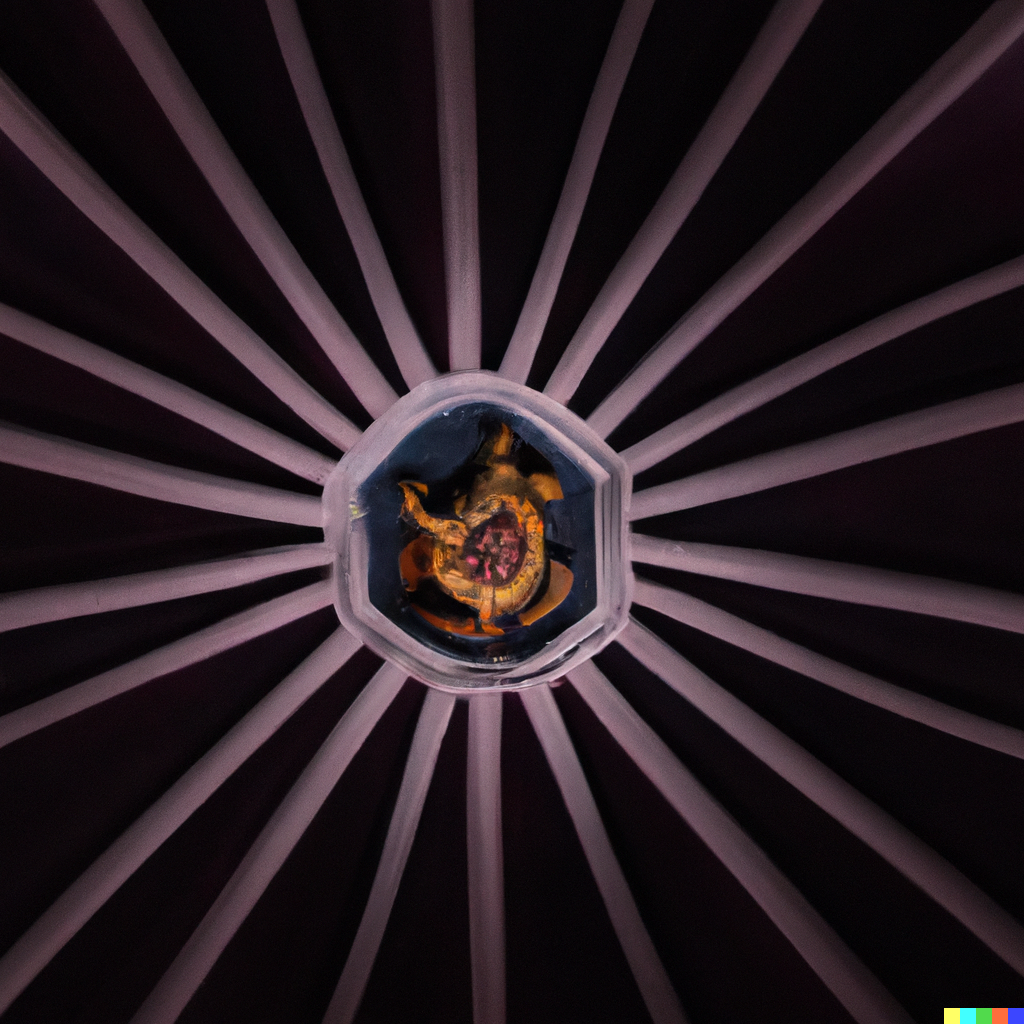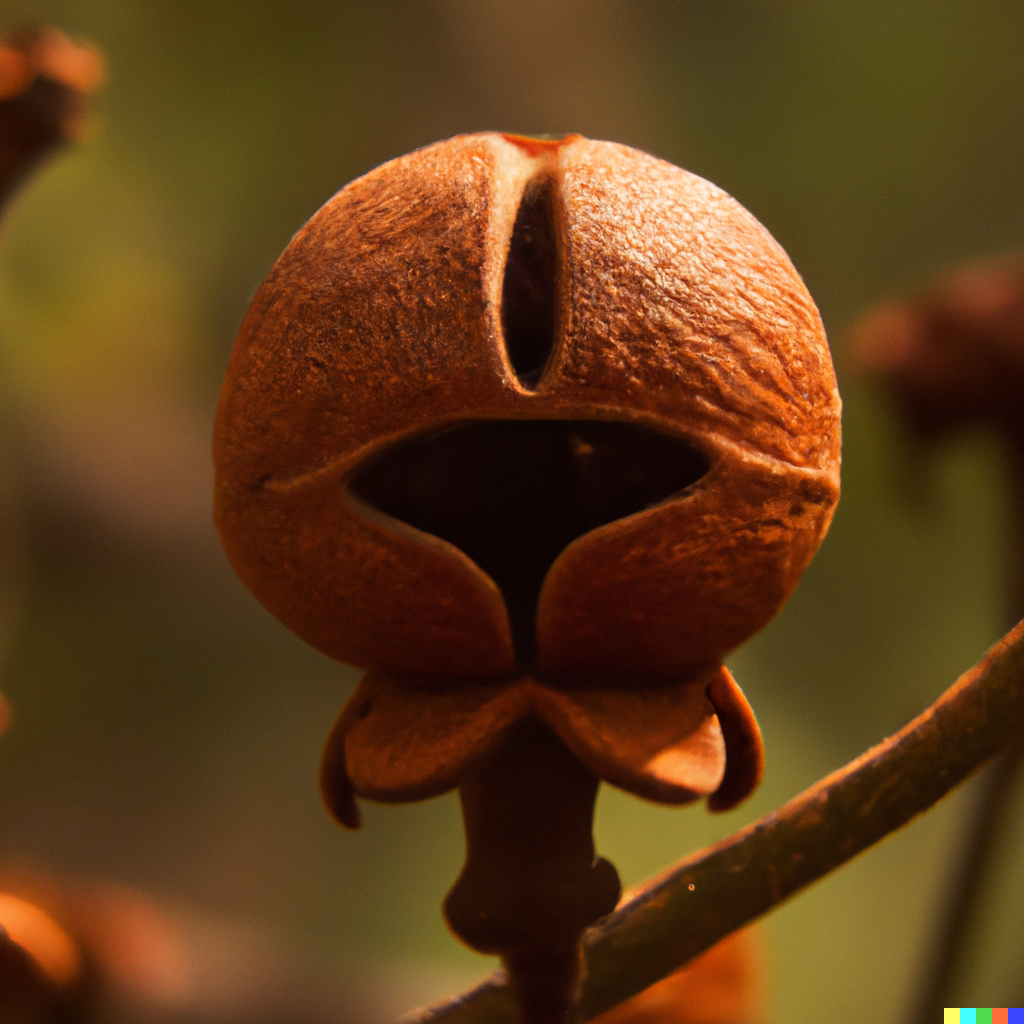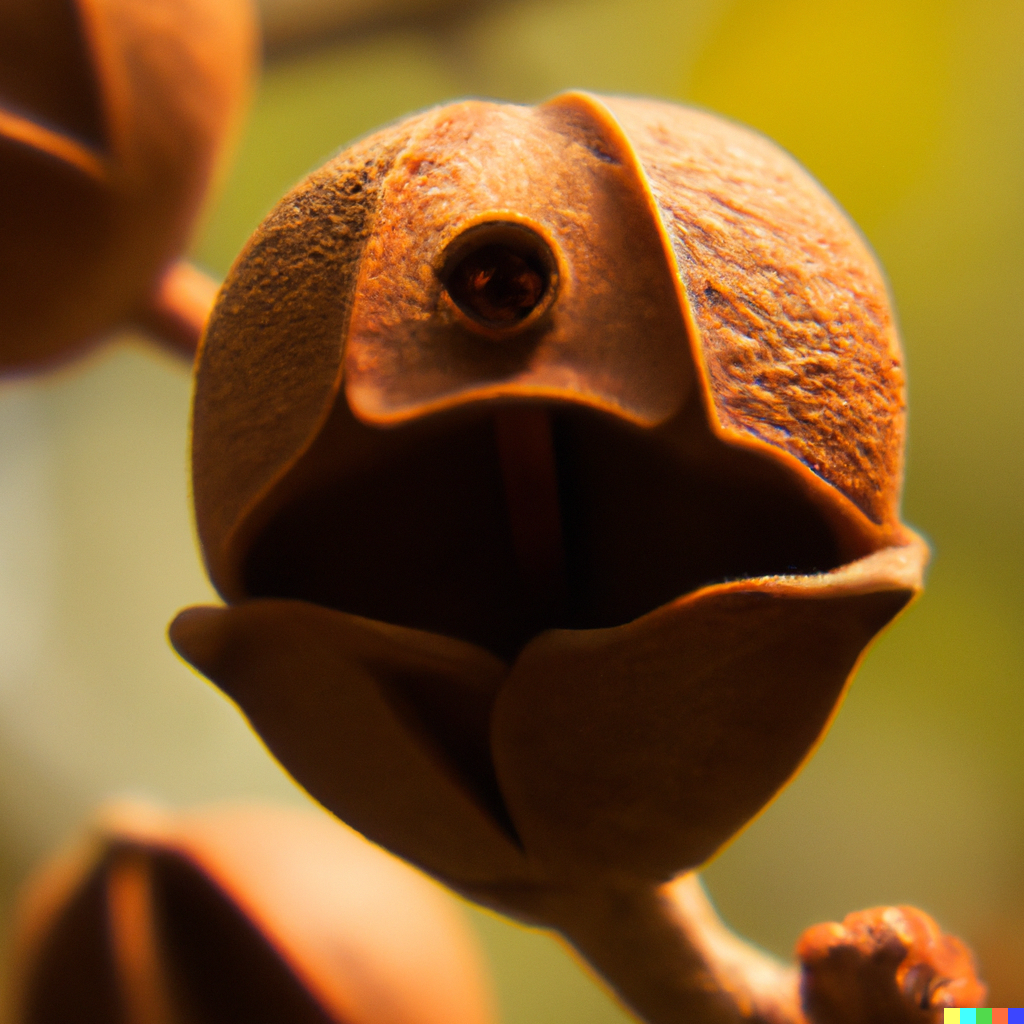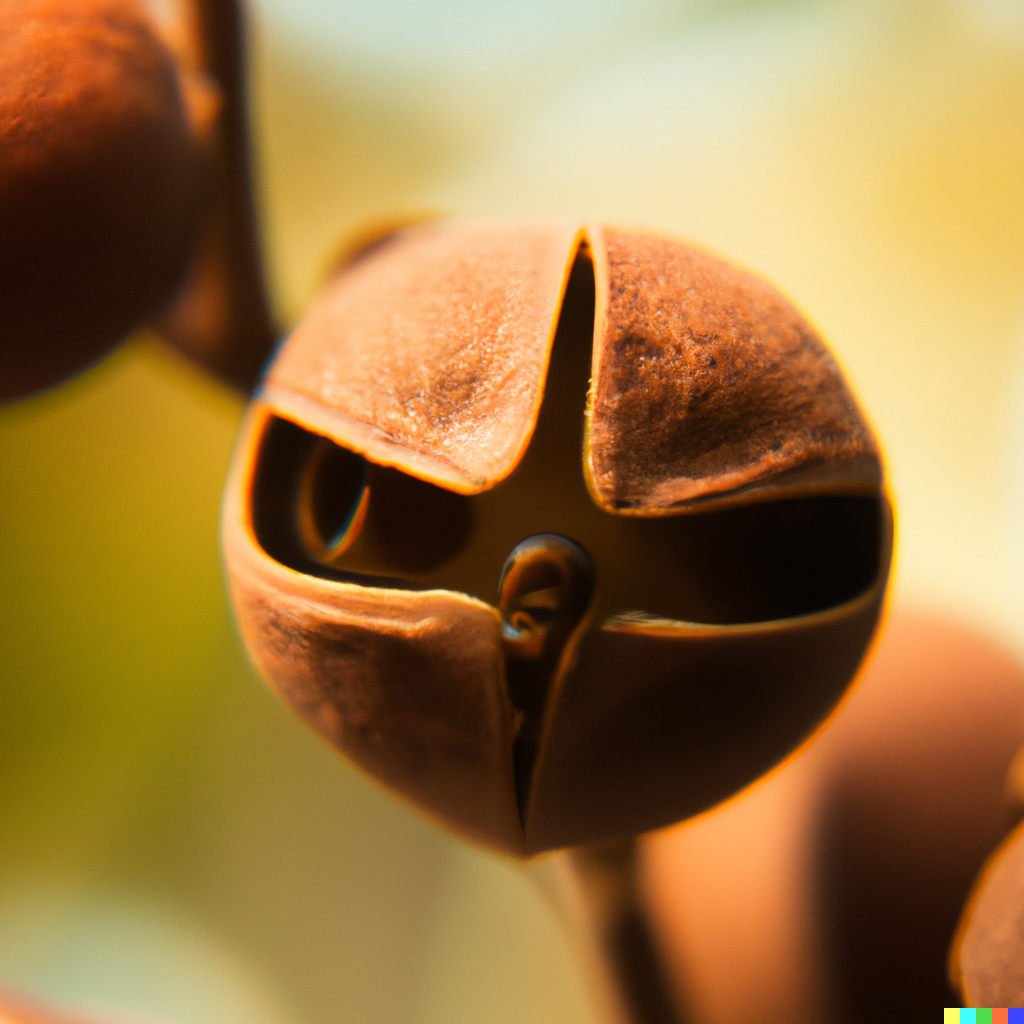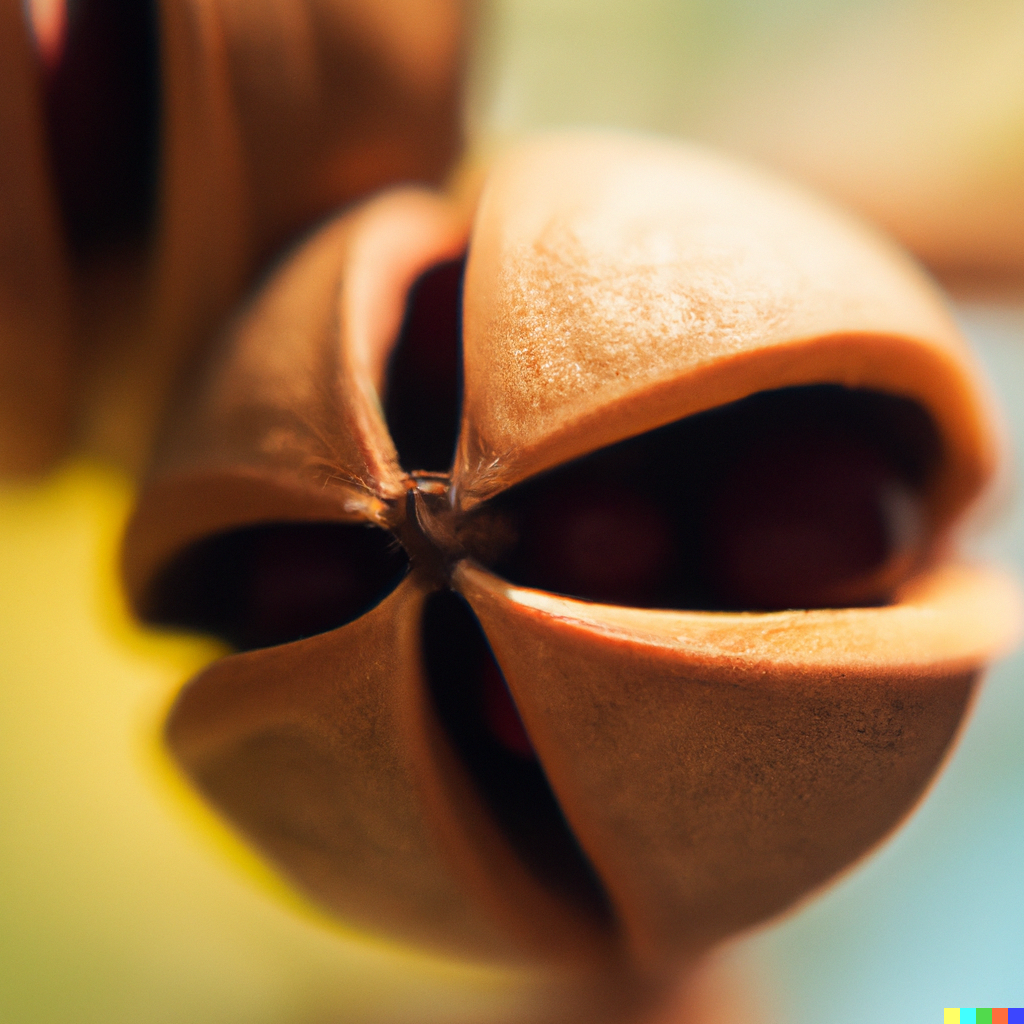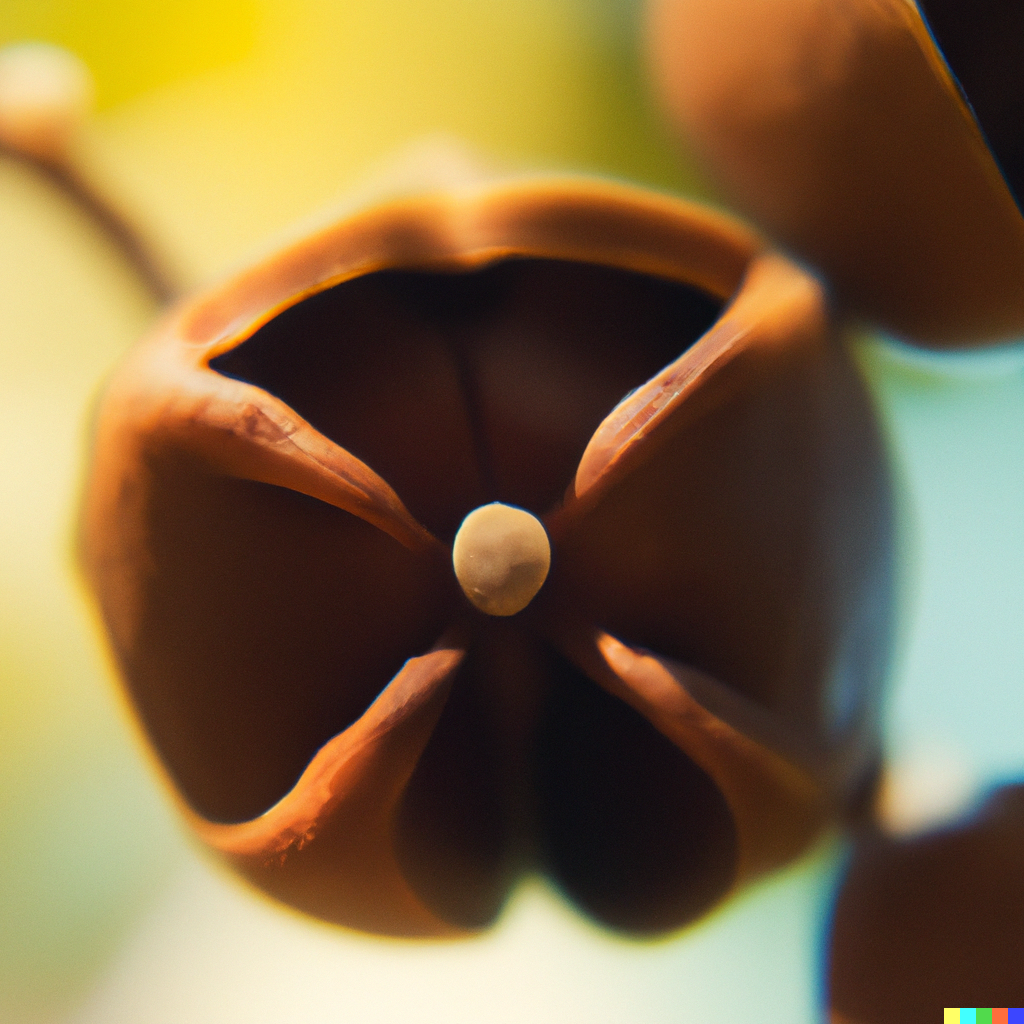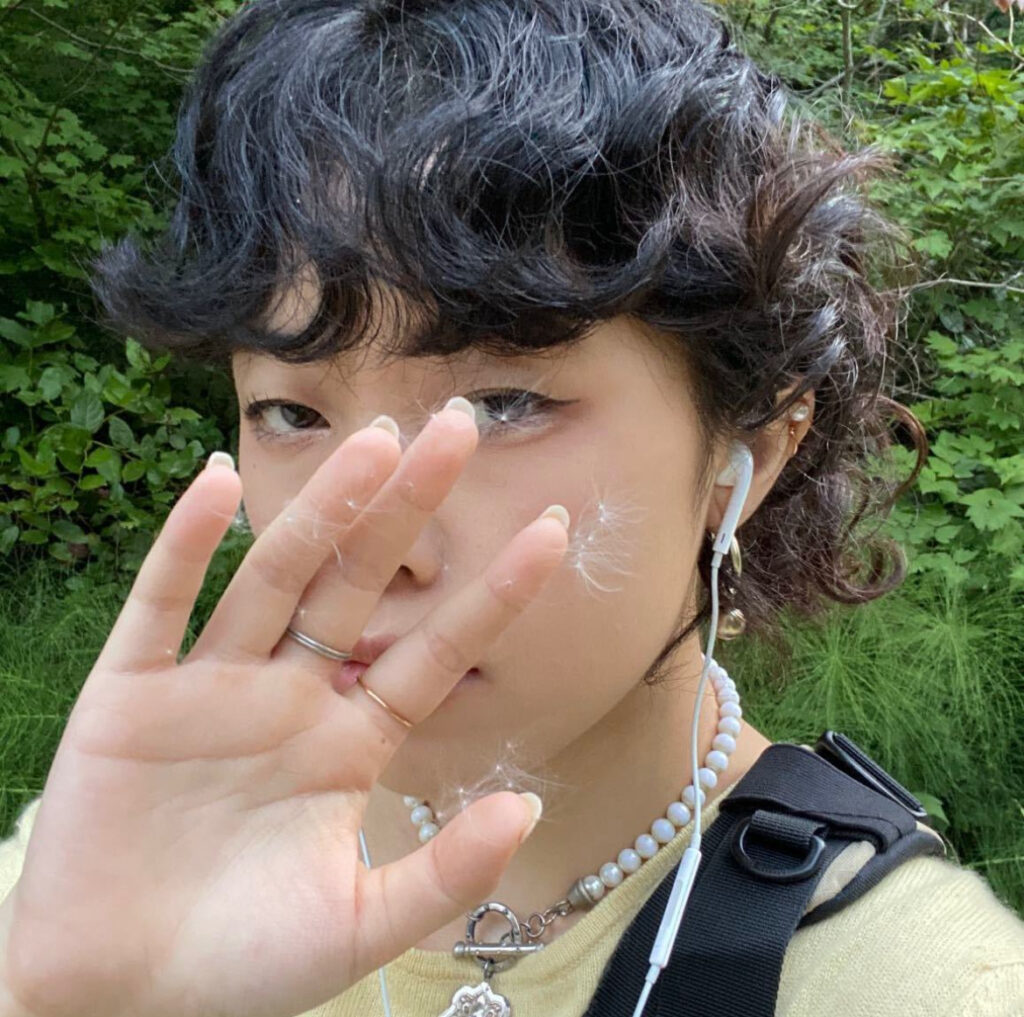
Michelle Li, Interdisciplinary Sculpture, 2025
Michelle Shengyu Li (b. 2003, Vancouver, Canada) is a Chinese-Canadian interdisciplinary artist. Through sculpture, paper, print, and installation, she explores the poetics of restorative practices and Asian diasporic mythos. Her practice addresses themes of object agency, privacy, ecology, futurity, and belief. Meditating on natural, cultural, and built environments, her work acts as offerings of attention and care.
Project Overview
“god’s eye / god in a seed” explores the intersections of biofabrication, AI technology, the human hand, and theology. How do we interact with that we do not know? How do we interact with that which seems to know us too well?
Ruminating on the ethics of using CRISPR Cas-9 technology to edit the DNA of another living organism, I wondered why humans crave to develop technology so life-altering that it simulates the role of a god or Creator. Why do we seek this supreme power? Simultaneously, I have been interested in how we can recognize ‘god’ (however we so choose to define this) in the seed— the smallest forms, the bacteria we work with. How can I suggest agency and even power and autonomy over me in these life forms that I am working with?
Both being great powers of the unknown, I believe that there are parallels in our relationship to gods and AI. Like CRISPR Cas-9, this is technology that we are in the process of understanding. Currently, we are in a pivotal space of fear towards new technologies such as AI which holds a generative intelligence that can match or supersede our own. It draws from our knowledge, and our images, surveils our actions for its actions and has garnered a sentiment of another supreme power. We fear what beats us at our own game. AI, something we have created, now garners fear in our populace for yielding a god-like power. I hoped to explore these complex dynamics of power through the interaction of my own hand with these technologies and beliefs.
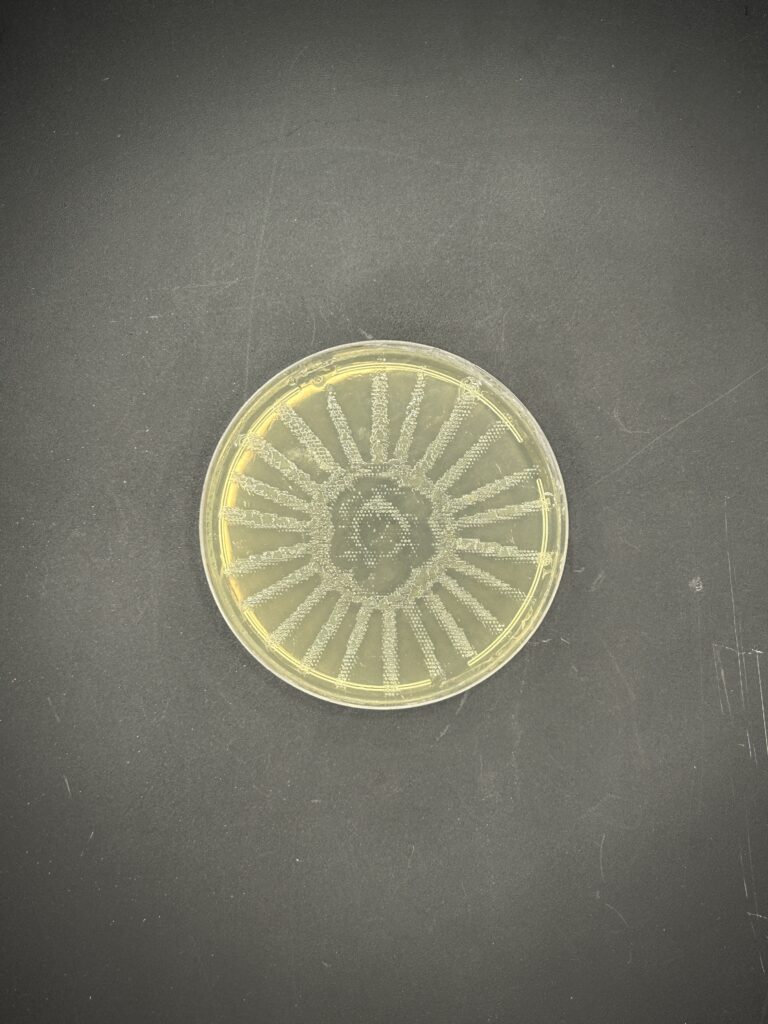
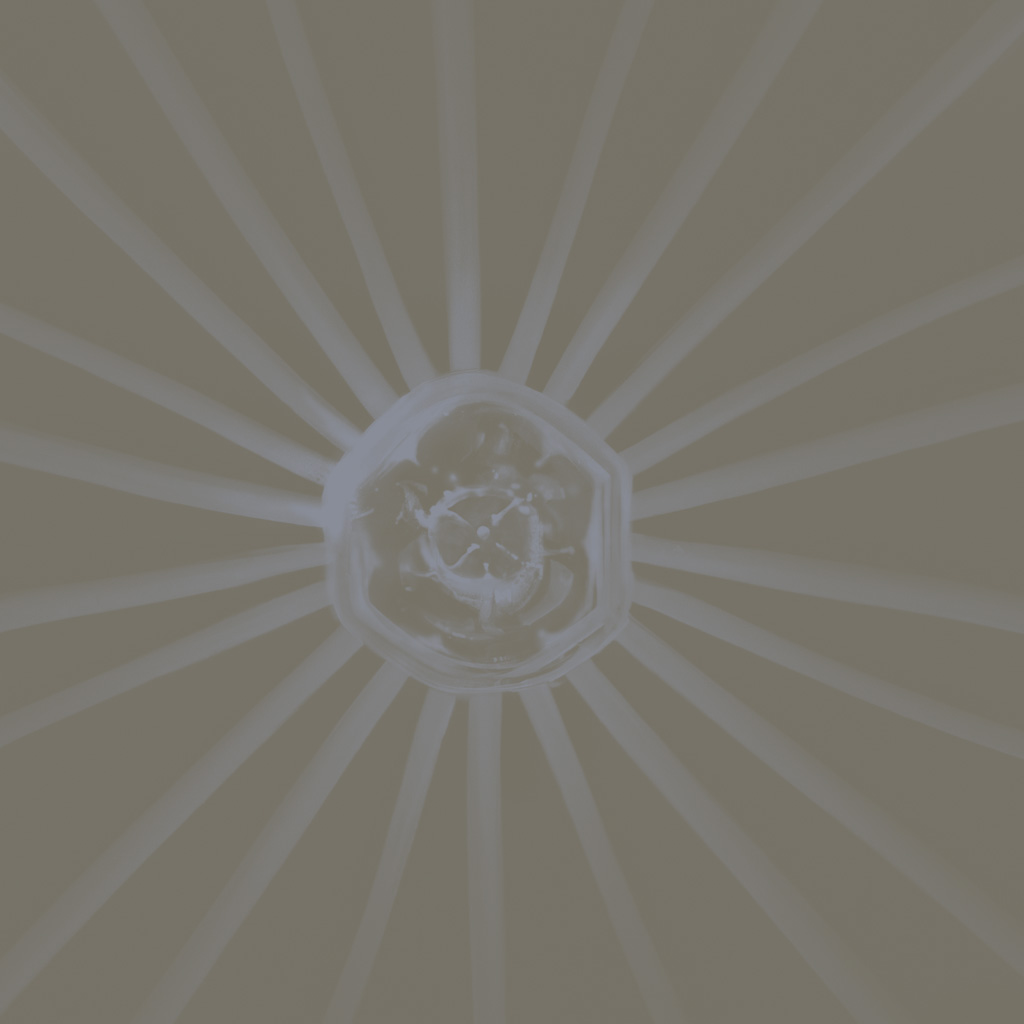
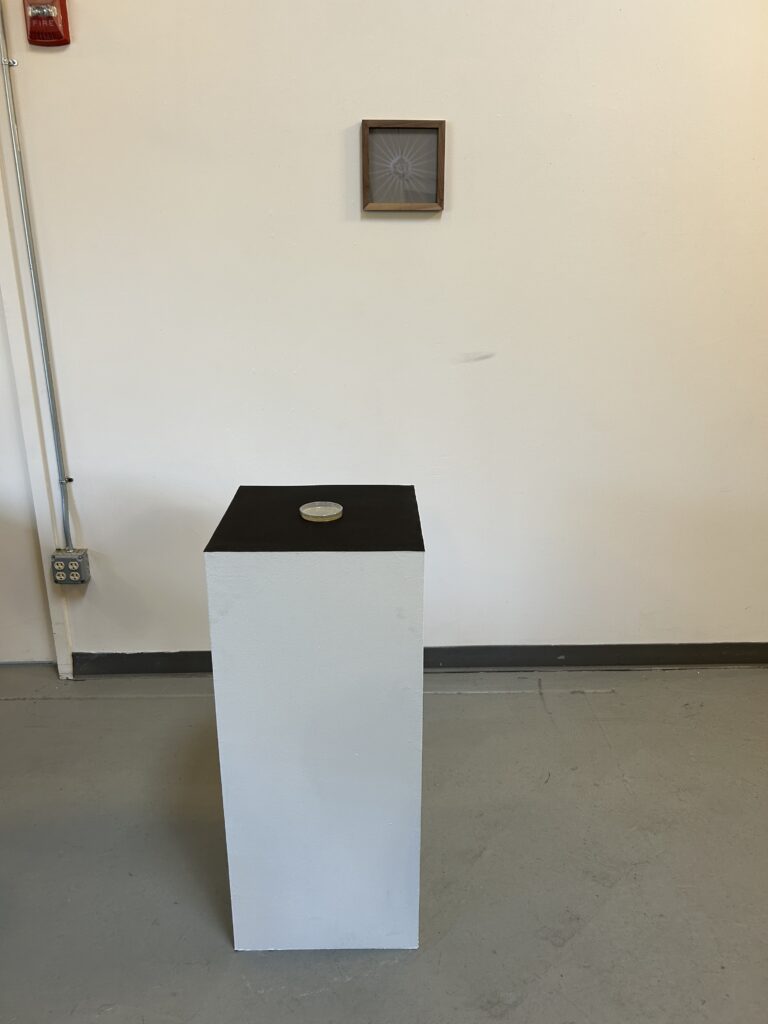
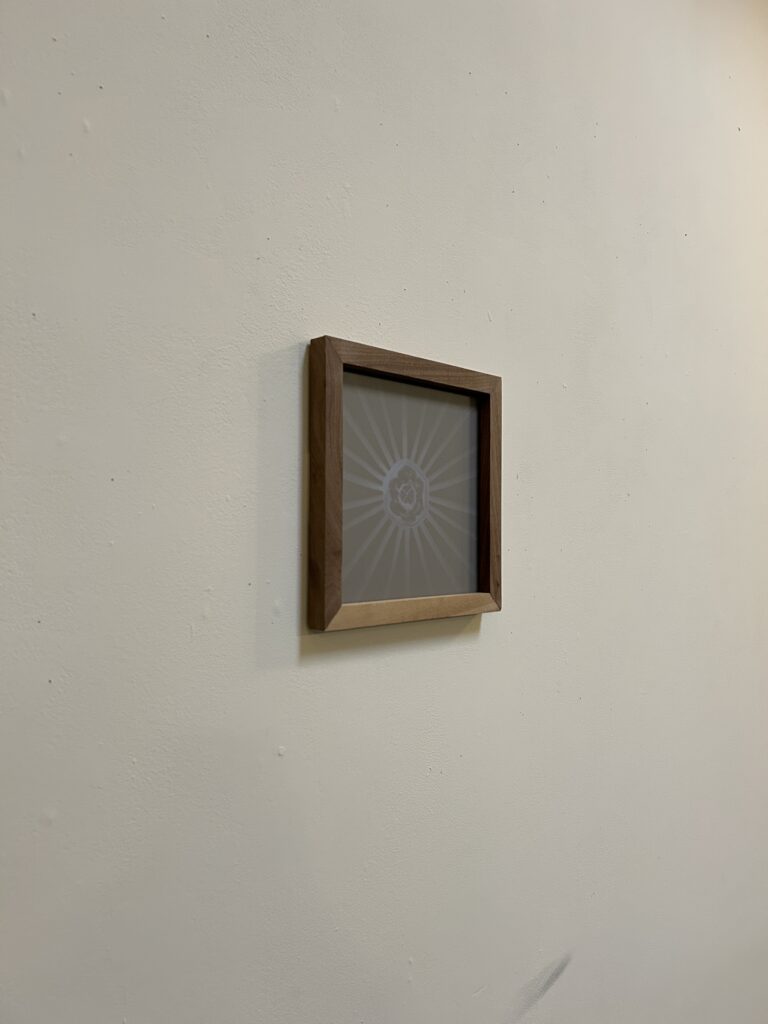
Process
To get to the final image, I generated several responses to the prompts “god’s eye” and “god in a seed pod” in DALL-E. (Note the lowercase ‘g’) While for “god’s eye” I immediately got an image I felt very interested in, I continued to generate more of the seed responses until I found one that felt right. This is where my own hand was most present— I could choose the images that I would then use, creating my own curated image of god.
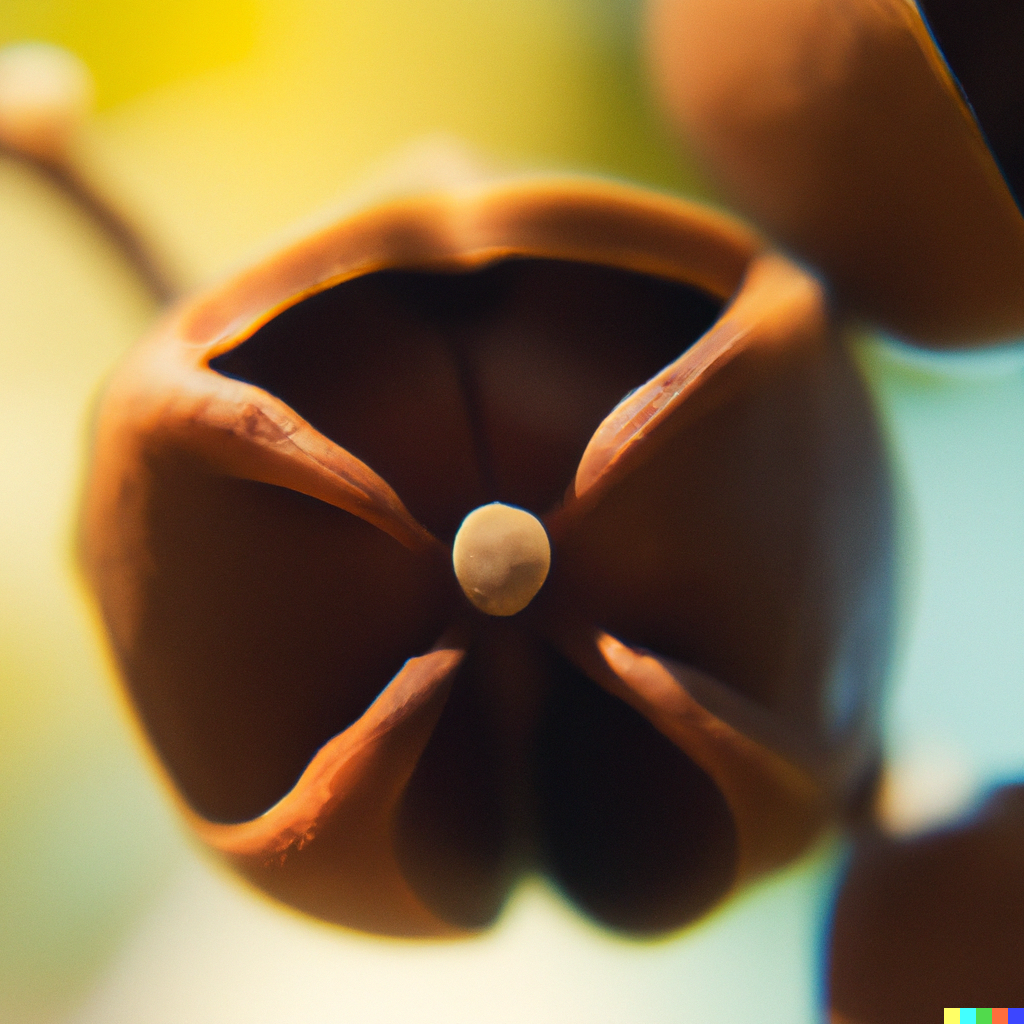
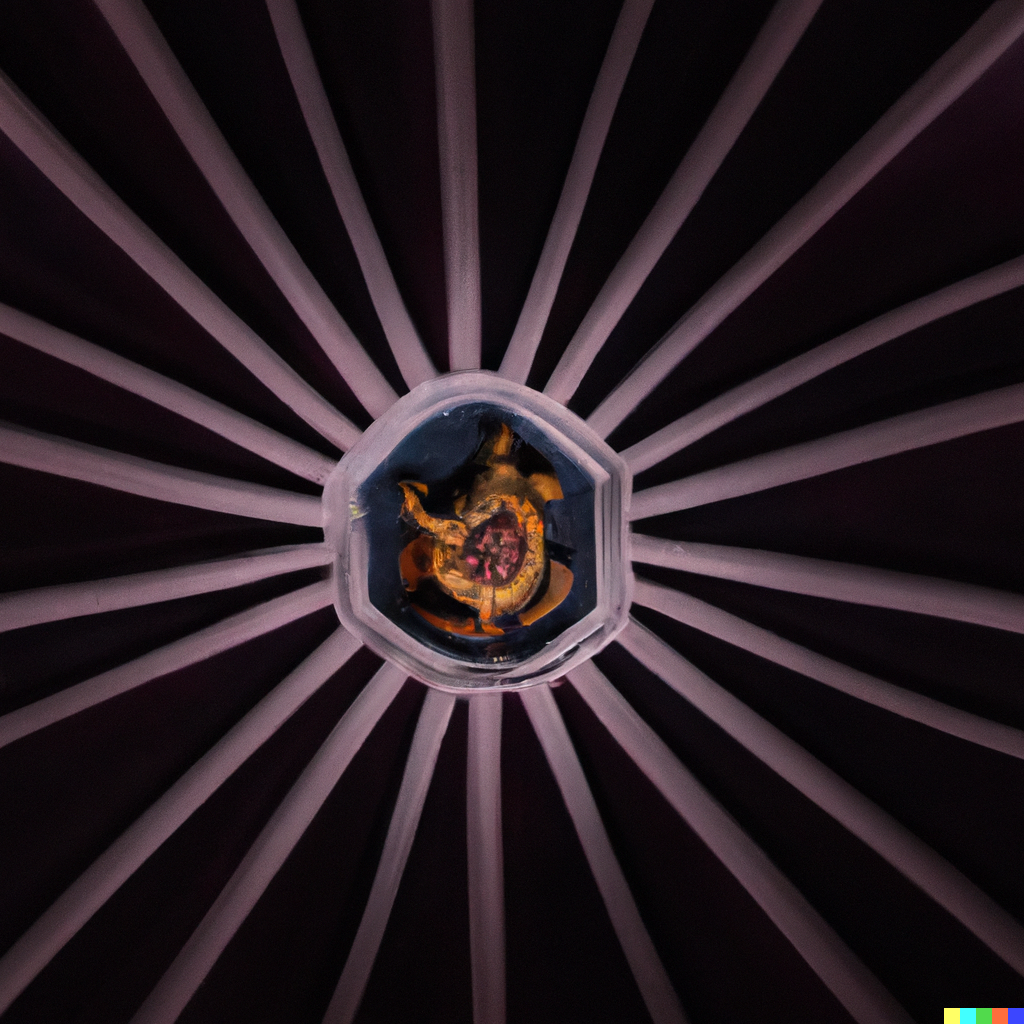
After I landed with these two images, I went into Photoshop and merged them together, using the burn and dodge tool to also paint in new lines and forms and create a high-contrast image which would read well for the halftone g-code.
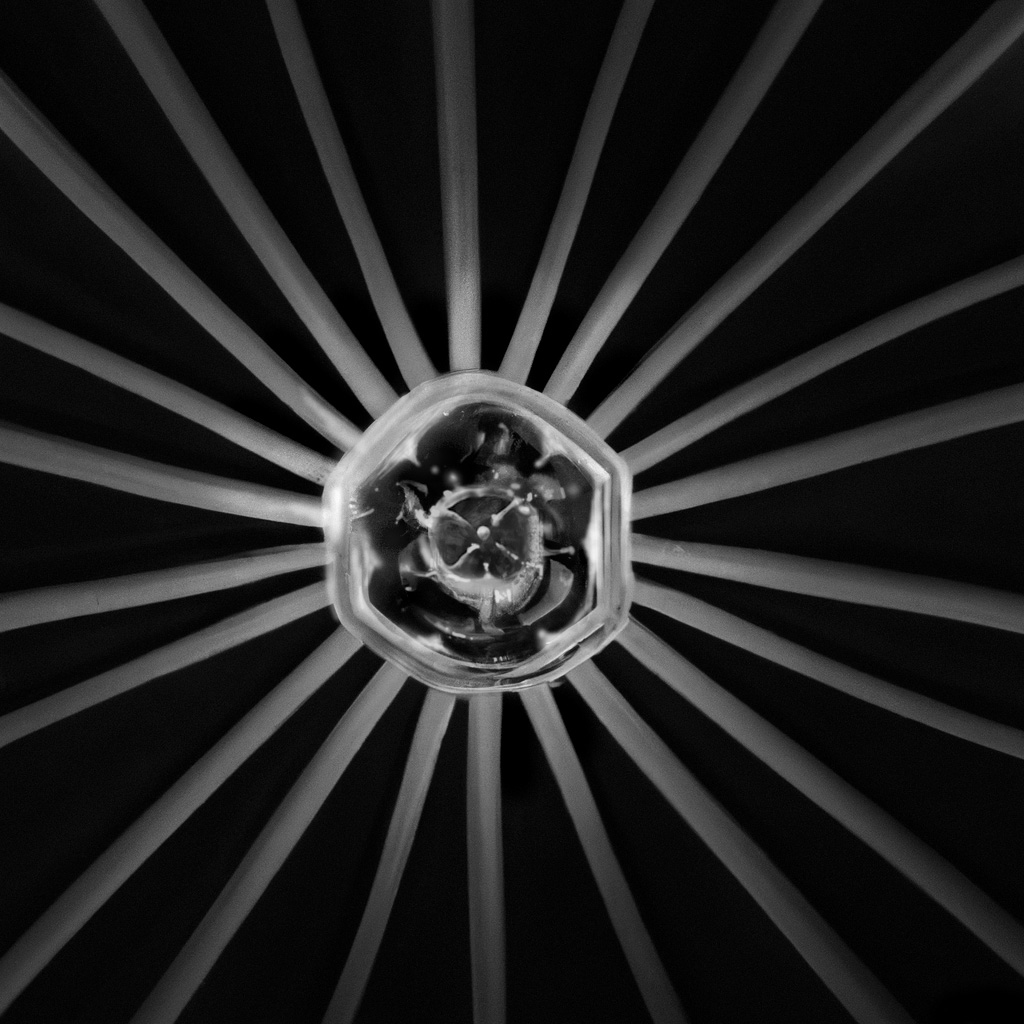
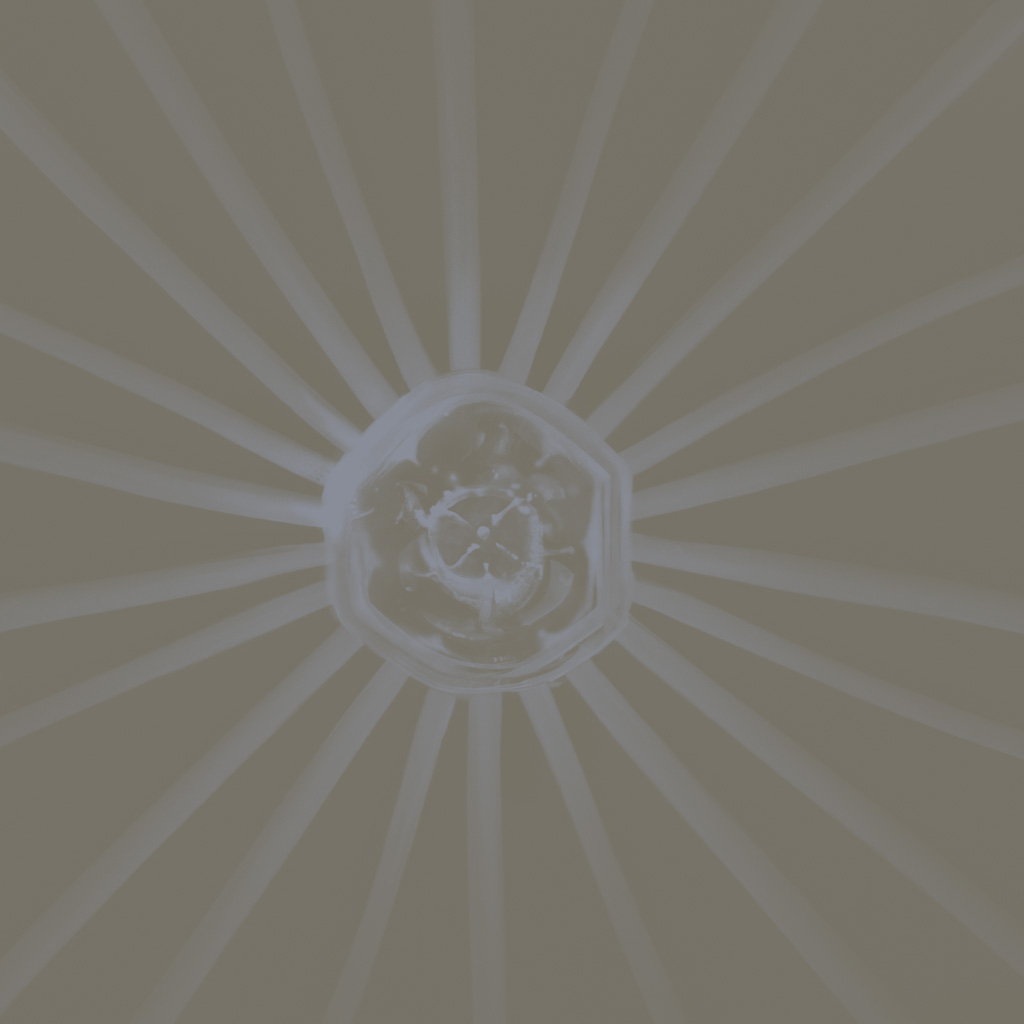
These were the images I landed with. You can see the “god in a seed” response at the center of the “god’s eye” image. I took some liberties in making the image more ethereal and flower-like. The black and white image is what I used for the g-code halftone stencil and the other image was created through a Photoshop transparency mask which allowed me to edit the hues. I felt like this image and its softer mysterious qualities visually represented my ideas well. After getting the inkjet print, I built a walnut frame so the image, like a portrait of god, could watch over the bacterial print from the wall.
I experimented with laser cutting on the orange NASA film and the clear film at several settings amassing to about a dozen tests. Ultimately, I used 3 stencils on the agar plates. The ones with 40-60% power in my laser settings with the clear film were most successful. Unfortunately, while autoclaving them, some of them had creased which caused gaps between my stencil and the agar. I used the flicking technique to transfer the CRISPR-edited bacteria onto the plates.
Learn More
Instagram: @michellesyli / @michelleliart
michellesyli.com
